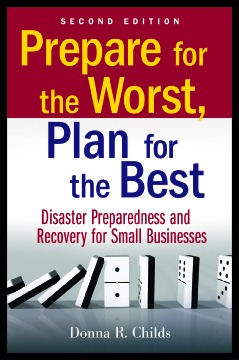Banks claim to be lending, but small businesses claim it is harder than ever to get loans. Which side is right? Both! Reports of tightening access to credit are consistent. In a survey conducted by the National Federation of Independent Business, 14% of small businesses across the U.S. reported that loans were difficult to obtain in April relative to March. This is the highest percentage since the 1980 – 82 recession. At the same time, two-thirds of the small businesses surveyed also reported that the interest rates on their credit card accounts had increased. On the other side, the monthly reports collected by the Federal Reserve Bank reveal that 60% of bank loan officers report that their loan volumes have declined for insufficient demand.
Each side has responded to the financial crisis with caution. Banks have raised lending standards, such that small businesses that used to be able to access loans with FICO scores of 650 now find that the hurdle is 720. At the same time, small businesses are reluctant to assume additional debt, given the uncertainties in the current economic environment. Apparently banks and small businesses agree on one thing: keep as much cash on the balance sheet as possible at this time.








